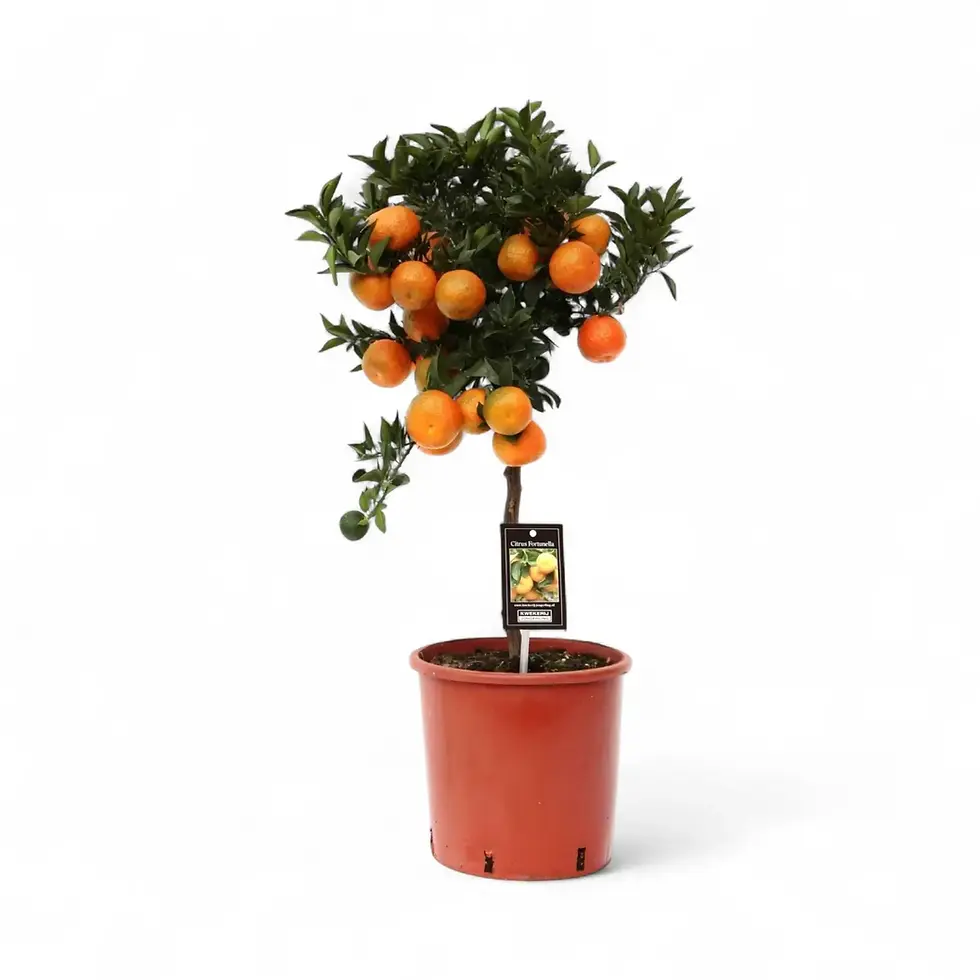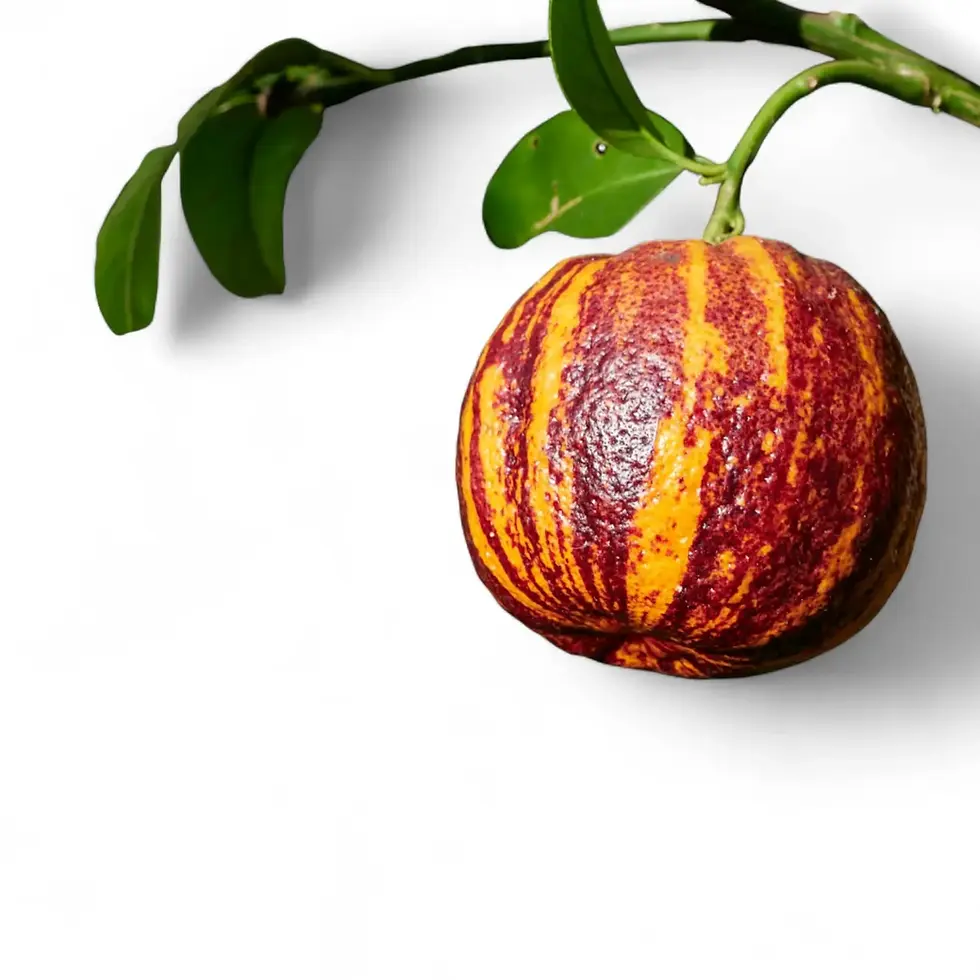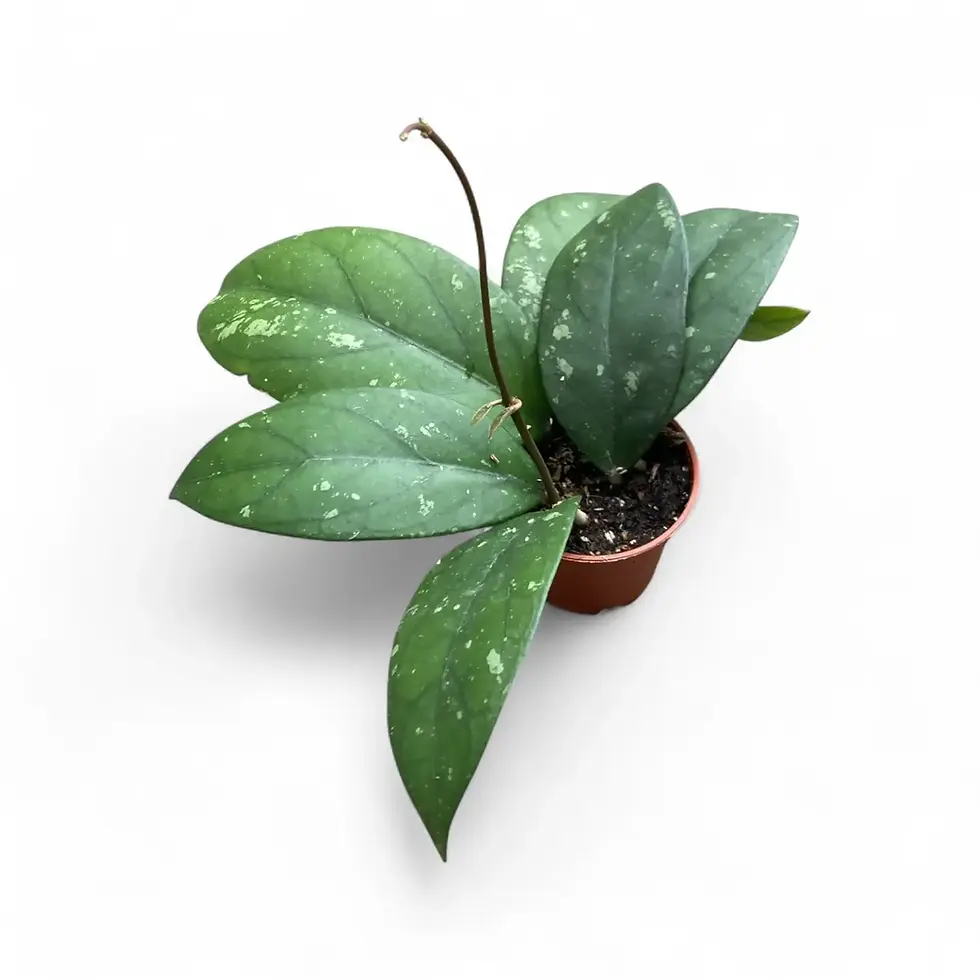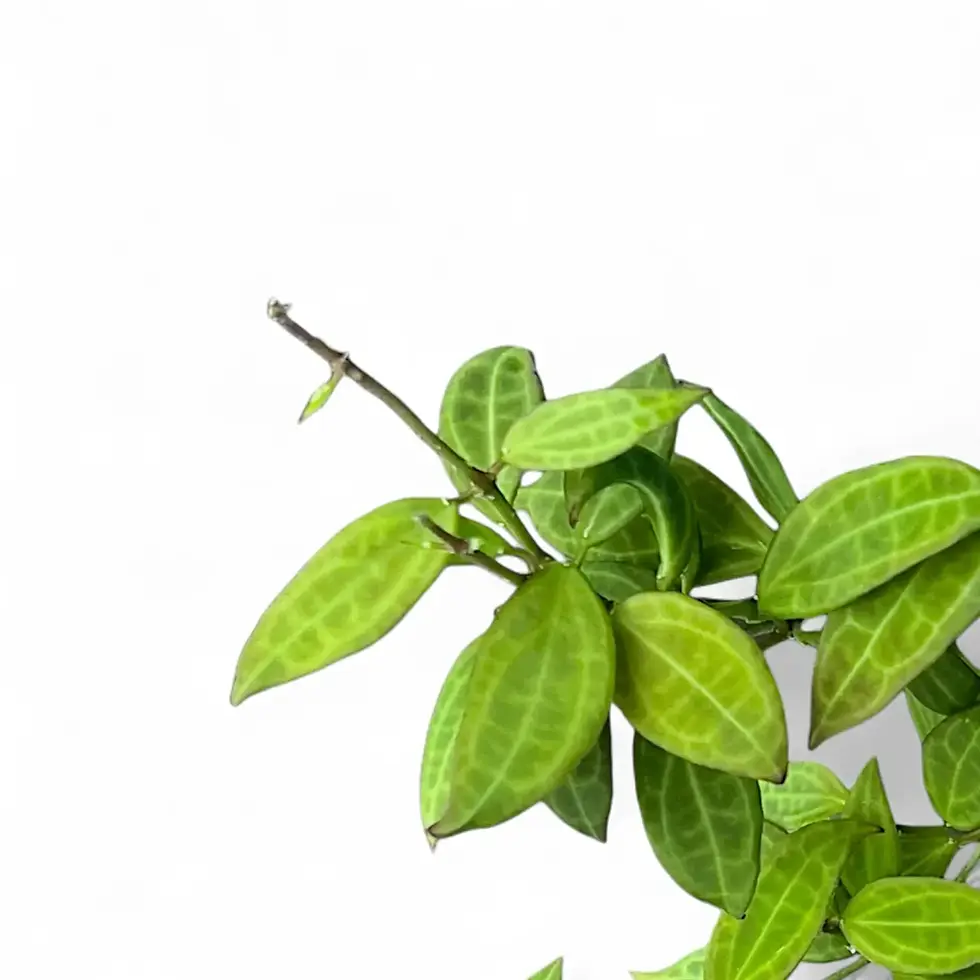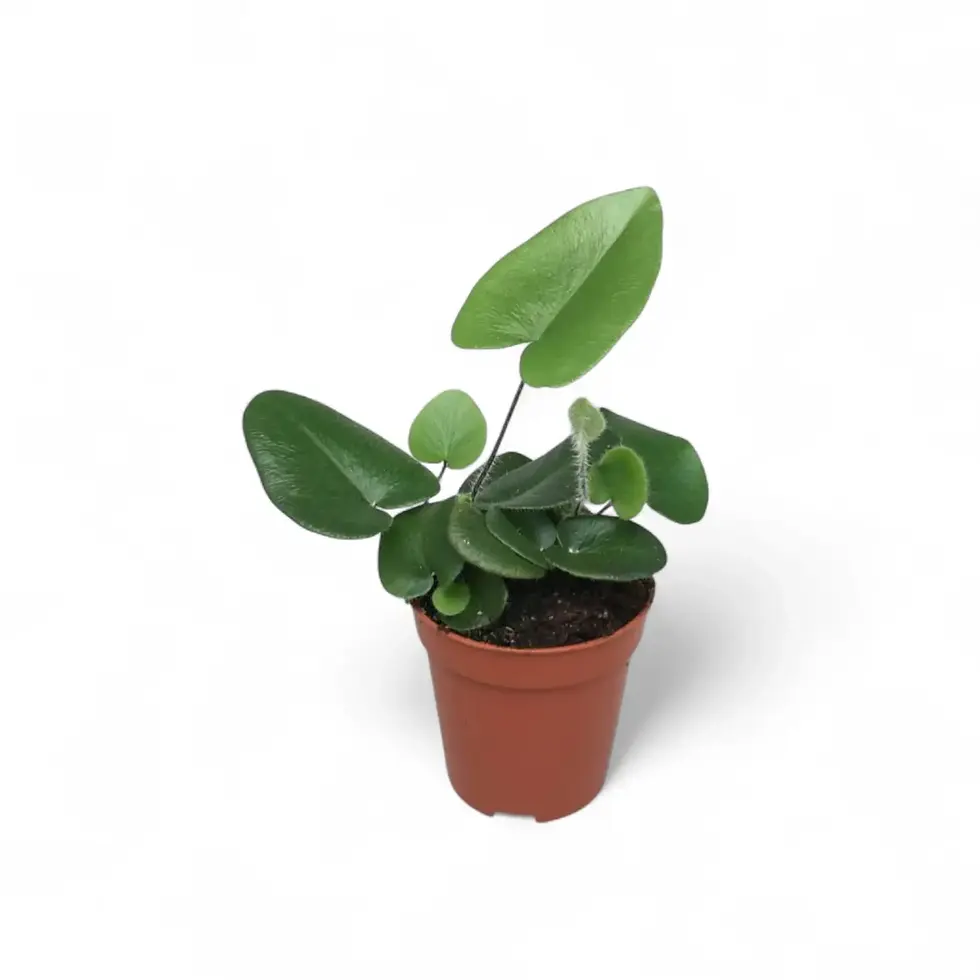Epiphyllum chrysocardium – Rare Fernleaf Cactus for Tropical Displays
Epiphyllum chrysocardium Alexander is a spectacular epiphytic cactus native to the humid forests of southern Mexico, particularly Chiapas and Tabasco. Known as the Fernleaf Cactus or Golden Heart Epiphyllum, it grows in the canopy as a climbing or trailing plant with dramatic, deeply lobed phylloclades that resemble jungle ferns. Unlike desert cacti, it thrives in warm, filtered light and consistent moisture — making it an ideal centerpiece for bright interiors, terrariums, or hanging planters.
Taxonomy and Natural Range of Epiphyllum chrysocardium
- Accepted Name: Epiphyllum chrysocardium Alexander
- Published in: Cactus and Succulent Journal (Los Angeles) 28(1): 4 (1956)
- Synonyms: Selenicereus chrysocardium (Alexander) Kimnach; Marniera chrysocardium; Chiapasophyllum chrysocardium
- Family: Cactaceae, tribe Hylocereeae
- Native Habitat: Epiphytic in cloud forest canopy (Chiapas, Tabasco – Mexico)
What Makes the Fernleaf Cactus Unique
- Fern-like Appearance: Broad, flat phylloclades with deep, rounded lobes that trail or arch elegantly.
- Nocturnal Blooms: Under ideal conditions, it produces large, white, night-blooming flowers with golden-hued stamens.
- Safe Indoors: Not listed as toxic to pets or humans.
How to Care for Epiphyllum chrysocardium Indoors
- Light Needs: Bright, filtered light is ideal. Avoid harsh sun, which can scorch the phylloclades.
- Watering: Keep soil lightly moist; let the top layer dry slightly before rewatering. Never let it sit in water.
- Humidity: Prefers 60%+ but adapts to normal indoor air. Use a humidifier or group with other plants if needed.
- Temperature: Best grown between 18–27 °C. Protect from cold drafts and frost.
- Soil Mix: Use a well-aerated blend: orchid bark, perlite, and a small amount of coco coir or peat.
- Fertilizing: Apply diluted, balanced liquid fertilizer monthly during active growth.
Propagation and Growth Tips
- Stem Cuttings: Take a segment of phylloclade, let it callous for 2–3 days, then place in moist, airy substrate.
- Pruning: Trim long or sparse growth to encourage a fuller shape and better light penetration.
- Hydroponic Adaptability: Can be grown in semi-hydro systems if kept humid and stable.
Troubleshooting Common Issues
- Wrinkled or limp phylloclades: Usually due to underwatering or excessive drying. Adjust your routine gradually.
- Yellowing: Often from overwatering or stagnant soil. Ensure good drainage and ventilation.
- Pests: Mealybugs or spider mites may occur — treat early with neem oil or insecticidal soap.
Creating a Jungle-Like Setup
To replicate its natural cloud forest habitat, combine Epiphyllum chrysocardium with other tropical epiphytes in a bright, humid space. Hanging planters, mounted boards, or moss-filled baskets all suit its cascading growth. Avoid heavy clay pots or dense soils — this plant prefers to breathe.
The Meaning Behind the Name
Epiphyllum means "upon the leaf" in Greek, referencing the flattened, leaf-like stems (phylloclades) of the genus. The species epithet chrysocardium is derived from Greek: chrysos = “gold” and kardia = “heart,” a nod to the golden center of its blooms.
FAQs – Epiphyllum chrysocardium
- Does it flower indoors? Yes, if light and humidity are consistent. Flowers appear at night and are short-lived but stunning.
- Can it grow in a hanging pot? Absolutely. Its trailing growth makes it ideal for hanging displays or tall shelves.
- Is it beginner-friendly? Yes — as long as it's kept humid and not overwatered, it’s a very forgiving cactus.
Bring Home Epiphyllum chrysocardium
Add this architectural, fern-like cactus to your collection and transform your indoor space with its tropical presence. Easy care, rare form, and unforgettable blooms — this one’s a keeper.
Epiphyllum chrysocardium
Epiphyllum chrysocardium is approximately 30 cm long and comes in a ø 12 cm pot.






